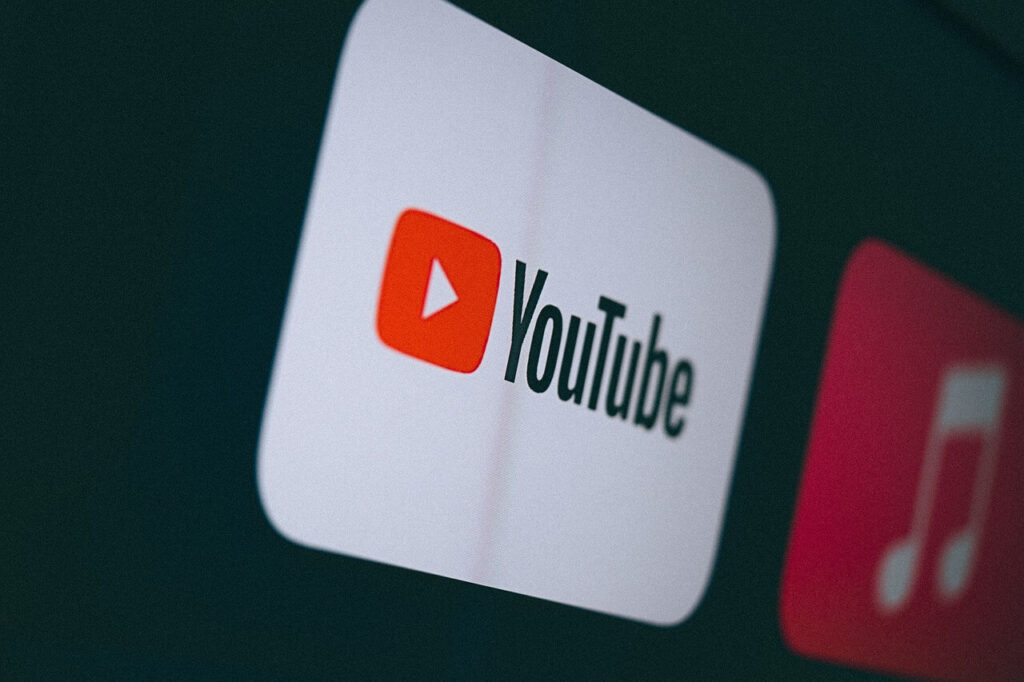Google is making a big change to how advertisers manage video ads. Starting April 2025, the company will phase out the Maximum Cost-Per-View (CPV) strategy for Video View campaigns and replace it with a Target CPV model. This shift aims to give marketers better control over spending and improve how efficiently ad budgets are used.
What’s Changing?
The Maximum CPV model let advertisers set the highest amount they were willing to pay for each view. With this strategy, advertisers only paid when users watched a specific part of their ad—for example, 30 seconds for in-stream ads or 10 seconds for YouTube Shorts.
The new Target CPV model changes the game. Instead of just setting a maximum amount, advertisers can define a desired cost-per-view that aligns with their budget. This update is designed to make ad spending more predictable and effective, giving businesses more bang for their buck.
Why the Target CPV Model?
The switch to Target CPV comes with several advantages:
- Precise Spending: Businesses can set exact cost-per-view goals that match their marketing strategy.
- Supports Multiple Formats: The new system works for skippable in-stream ads, in-feed ads, and YouTube Shorts, making campaigns more flexible.
- Better Results: According to Google, campaigns using multi-format ads can generate up to 40% more views for the same budget compared to single-format campaigns.
Benefits for Advertisers
This update means advertisers can manage their budgets more effectively. With the added flexibility of multi-format ads, campaigns can reach a wider audience while staying within budget. The model is also designed to optimize for as many views as possible within the set CPV target, making performance management smoother.
Preparing for the Transition
If you’re using the Maximum CPV strategy, it’s time to start preparing for the shift. Advertisers should:
- Review their current video campaigns.
- Identify opportunities to set realistic Target CPV goals.
- Test multi-format ad campaigns to maximize views and engagement.
Conclusion
Google’s move to the Target CPV strategy is part of a broader effort to make video advertising smarter and more cost-effective. By embracing this change, marketers can stay ahead and ensure their campaigns deliver better results.
If you’re managing video ads, now’s the time to adapt your strategies and explore how Target CPV can work for your business.



